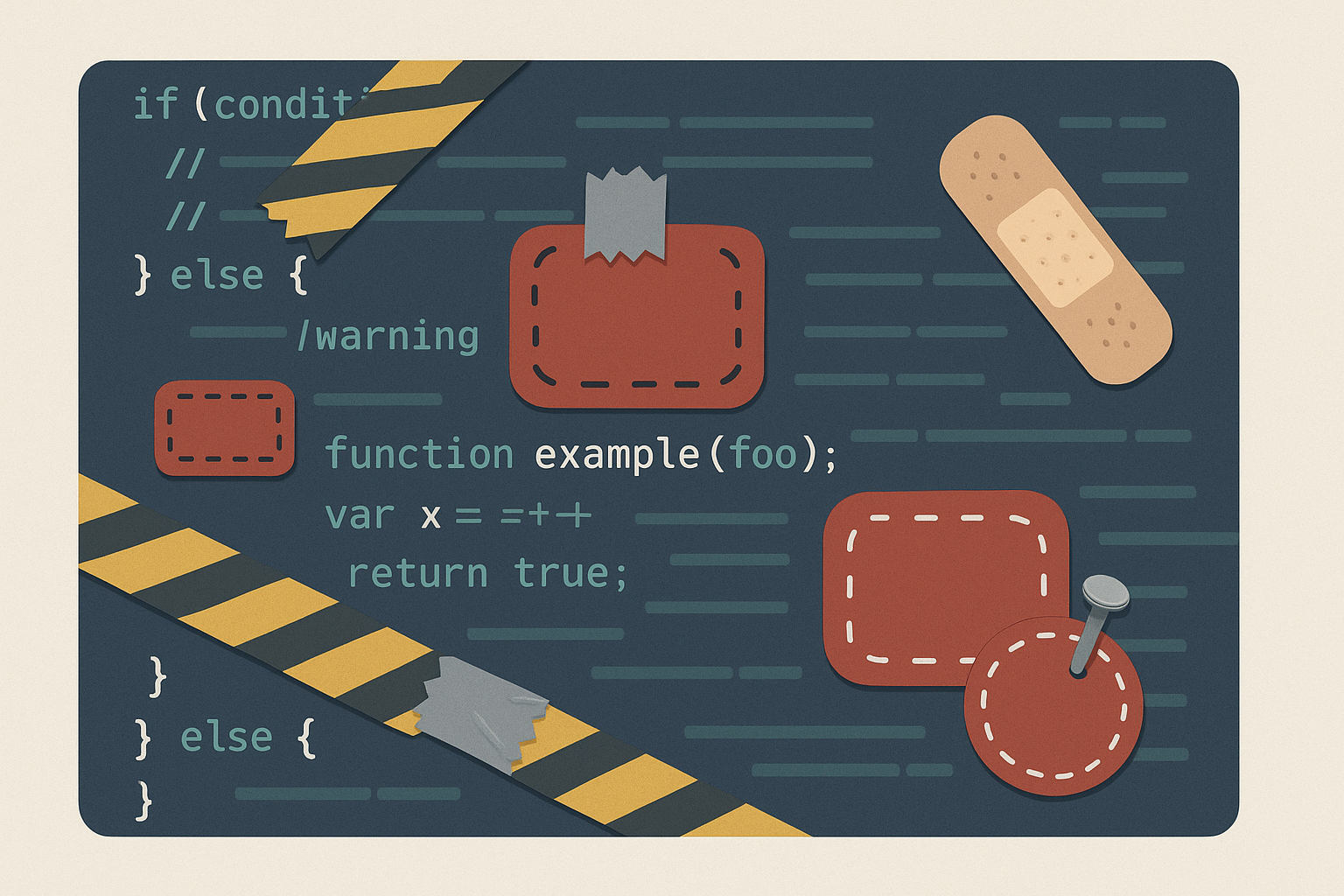The massive disruption of digital services that occurred on November 18, 2025, is far more than just a technical anecdote. It is a practical, global-scale demonstration of a crucial fact: the internet, that decentralized network we believe we know, relies on a handful of companies that sustain its infrastructure. Cloudflare’s outage brought essential services to a standstill, affecting everything from social media and banking to Artificial Intelligence tools.
Analysts have described this event as a “global digital blackout,” comparable to a real-life power outage, which clearly exposed the systemic fragility of cyberspace.
The “Digital Blackout”: Services Paralyzed
Starting around 12:30 PM CET, millions of users worldwide encountered the frustrating sight of the dreaded 500 errors or pages that simply wouldn’t load. Cloudflare, the giant of web infrastructure, suffered a massive disruption that triggered an immediate domino effect.
The services simultaneously impacted, leaving millions of users disconnected or inoperative, were highly diverse:
- Artificial Intelligence and Social Media: X (formerly Twitter), ChatGPT, Facebook, and Instagram.
- Entertainment and Tools: Canva, Spotify, Uber, and popular games like League of Legends and Valorant.
- Critical Services: Banking platforms such as CaixaBank, and major telecommunications operators like Movistar and Vodafone.
Even the Downdetector platform, which is dedicated to monitoring outages, was briefly knocked offline, illustrating the sheer magnitude of the problem. In the first few hours, over 11,000 reports were logged in the US alone, underscoring the worldwide reach of the anomaly.
Cloudflare: The Internet’s Invisible Shield
To fully grasp the magnitude of this event, it is crucial to understand what Cloudflare is. It’s not a company that hosts websites; rather, it’s a multinational infrastructure and cybersecurity firm that acts as an intermediary. Its core mission is to make the internet faster and more secure for its clients.
Cloudflare handles over 78 million HTTP requests per second, managing approximately one-fifth of the world’s internet traffic through a global network of more than 330 data centers, known as Points of Presence (PoPs).
Its key services include:
- Content Delivery Network (CDN): Stores copies of data on globally distributed servers to reduce physical distance and speed up page loading times.
- Reverse Proxy and Security: It functions as an invisible shield that filters requests, blocks DDoS (Distributed Denial of Service) attacks, and thwarts malicious bots.
- Optimization: Generally enhances the overall performance and user experience for millions of sites.
This massive scale and the reliability it offers are precisely why so many companies, from startups to banking corporations, trust it. Outsourcing security and content distribution to Cloudflare is also more cost-effective and efficient than maintaining proprietary infrastructure.
The Lesson in Critical Dependence
Cloudflare quickly acknowledged an “internal service degradation,” initially ruling out the possibility of an external cyberattack. Subsequently, the company confirmed that the root cause of the failure lay in its bot management system: a configuration change within a database generated a faulty file, which ultimately collapsed a segment of its global network. This internal error, rather than an attack, was responsible for the digital blackout that paralyzed essential services worldwide.
This incident serves as an undeniable wake-up call. It proves that the internet is not as decentralized as people commonly believe. When an essential central provider like Cloudflare suffers a setback, the impact is not local; it is immediate and global, paralyzing critical sectors like banking and telecommunications. The stability of the digital world depends, in essence, on very few key players.
System resilience necessarily requires diversifying infrastructure providers and strengthening internal defenses so that a single point of failure cannot bring the digital planet to a standstill.






